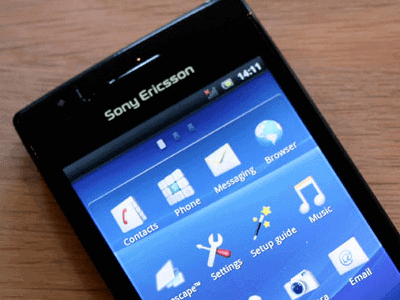FAQ on India Smartphones Market; Challenges facing BlackBerry (RIM)
Share This Post
India Smartphones Market
Q1. What is the size of the smartphone market in India in terms of units?
CMR: A total of 10 million smartphone units were shipped in India during the period January-November 2011.
Q2. What are the market shares of BlackBerry, Nokia, Samsung and other key vendors in the India smartphones segment in 2011 YTD?
CMR: Q3. What is the forecast for smartphone shipments in India during 2012?
Q3. What is the forecast for smartphone shipments in India during 2012?
CMR: We expect the India smartphones market to touch 20 million unit shipments in 2012.
Challenges facing BlackBerry (RIM)
Q1. Keeping in mind BlackBerry’s poor performance and loss of market share in global markets such as North America and Western Europe, what future do you see for the vendor in India?
Q2. Can emerging markets help RIM rebound, since it has lost market share over the last 2-3 years to Apple and Android OS based smartphones in its traditionally main markets such as the US, Canada, UK and Europe?
CMR Analyst Views:
“The BB service outage for three days in October 2011 dented RIM’s completely secure and robust image. The Blackberry Playbook did not live up to the expectations of consumers. Further, the launch of BlackBerry 10 OS has been delayed till late 2012 and now with the announcement that RIM co-CEOs Jim Ballsilie and Mike Lazaridis have stepped down, more speculation has been created amongst industry watchers. 2011 also witnessed a change in the India leadership team.
However, while RIM may have lost market share globally to Apple and Android OS based smartphones, the company has posted positive financial results and shown steady growth in its subscriber base in markets such as India, South Africa, Latin America and the Caribbean. The most recent RIM quarterly results announcement points to a few interesting metrics – the global BB subscriber base grew 35% year-on-year to touch 75 million in the period ended 30th November 2011; RIM recorded total revenues of US$ 5.2 billion, a growth of 24% quarter-on-quarter, and sales outside the US, Canada and UK accounted for 61% of total revenues.
Considering both of the above perspectives, it would be pertinent to note that a company of the size and pedigree of RIM usually takes time to realign itself and address new opportunities and changing market conditions.
Going forward, we feel that the changes seen in fiscal 2011-12 should eventually lead to the evolution of a new business strategy at RIM. This strategy would be underpinned by:
a) Introduction of innovative BB device form factors;
b) Launch of a robust, well tested new OS 10 for future generations of BlackBerry devices;
c) Expansion of the developer base to make available a wider range of apps on BlackBerry App World.
Going forward, we feel that tightening up product rollouts, adopting smarter messaging in its communications and improving effectiveness of tactical marketing campaigns would be important tasks for new CEO Thorsten Heins and his team. Equally, if not more important would be the ability of RIM management to leverage BB IP/patents better and possibly share the BB 10 OS and BB services platform with other smartphone vendors. This one measure could help provide serious growth momentum to the adoption of BB devices by consumers and executives around the world, and thereby multiply the global user base of BB services substantially.”













